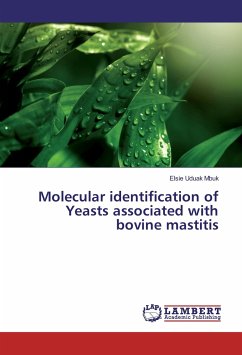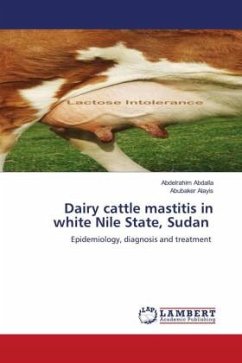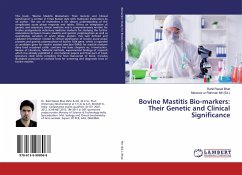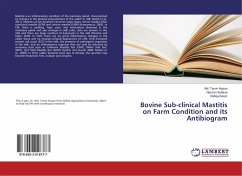Bovine mastitis is one of the important production diseases of dairy animals which directly or indirectly affect the economy of the farmers. Clinical mastitis infections are those with symptoms like udder swelling or redness that are visible to the naked eye. On the other hand, sub-clinical mastitis infections don't cause any visible changes in milk or udder appearance, making it difficult to detect. Sub-clinical mastitis is the most economically important type of mastitis because the diagnosis of the sub-clinical form can be more difficult and requires laboratory assays. There is no clinical sign of the disease, but the growth, reproductive performance and milk yield of the animal are affected. Numerous diagnostic tests are used to test milk but the numbers of problems are uniquely associated with diagnosis of dairy cows for sub-clinical mastitis. This book explains about the importance of Haptoglobin (Hp) in sub-clinical mastitis and how it is expressed in case of gram positiveand gram negative bacterial infections. Haptoglobin is the most prominent acute phase protein which is being considered as an alternative diagnostic marker for sub-clinical mastitis.








